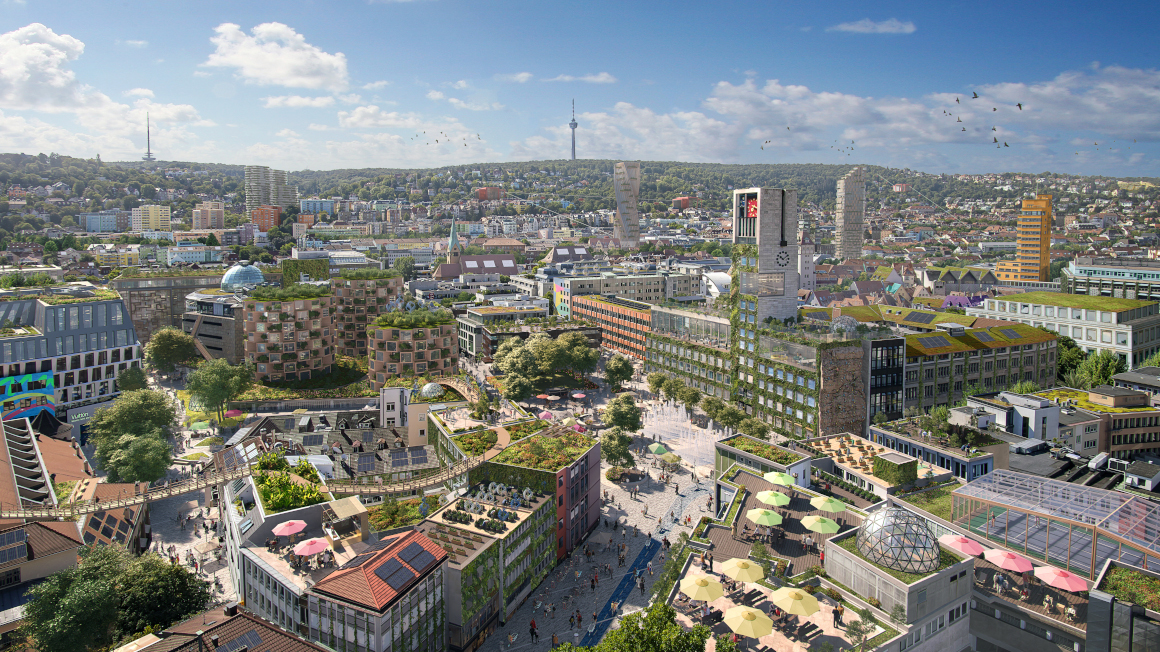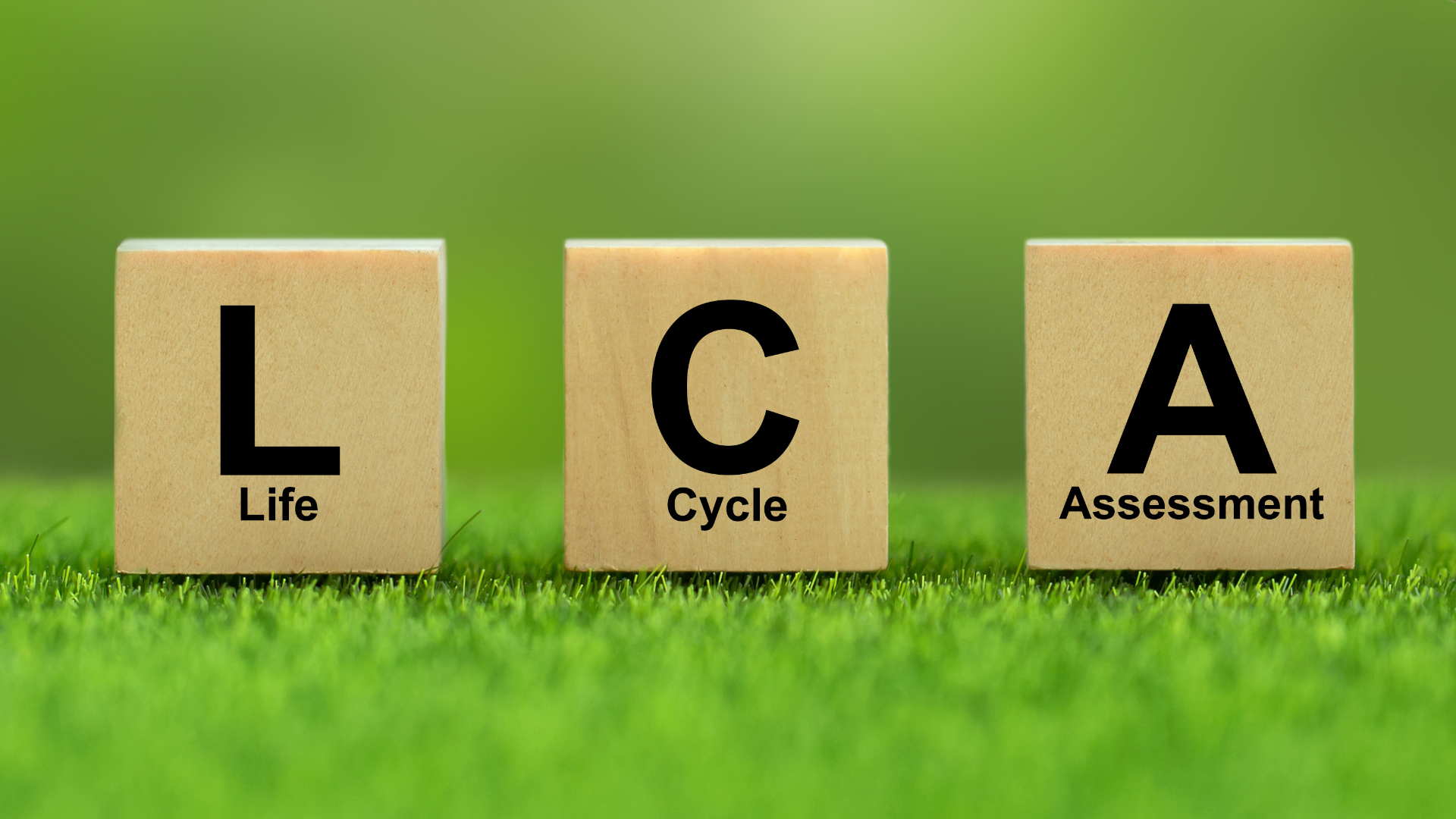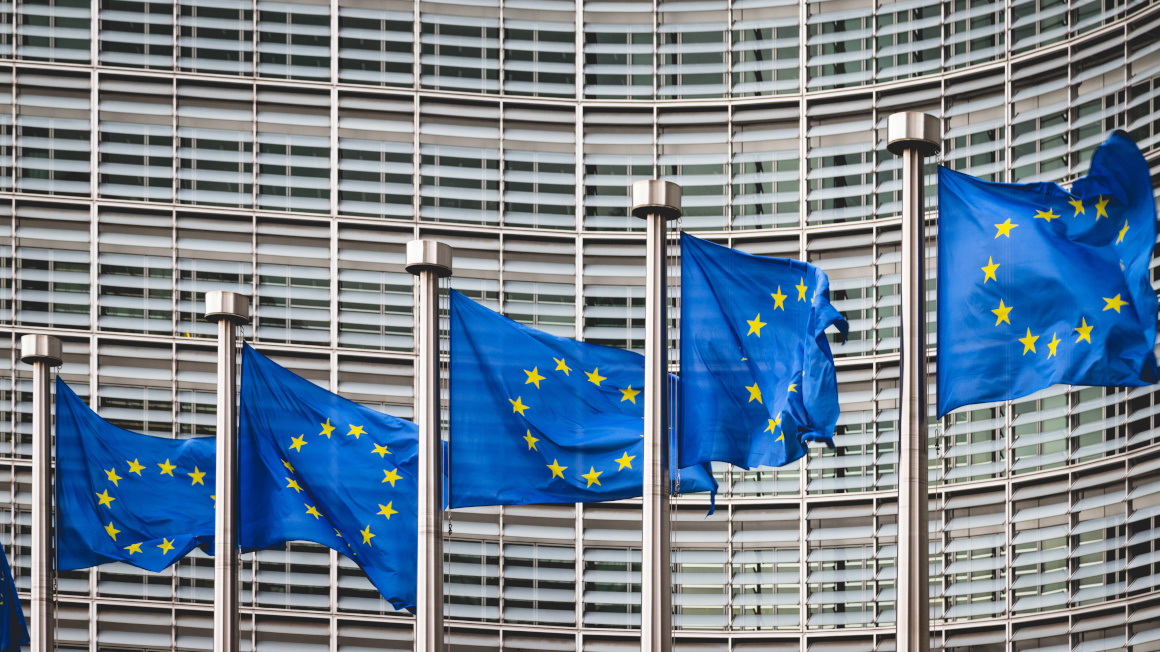Stuttgart sets its own bioeconomy strategy
The state capital of Baden-Württemberg, Stuttgart, is the first city in Germany to present a municipal bioeconomy strategy with 22 specific measures to drive forward the transition to a bio-based future.

Large quantities of green waste, food waste and sewage sludge accumulate in every city and municipality. Tapping into these biogenic residues as a source of raw materials and optimising their use as materials and energy is an important cornerstone on the path to a sustainable and cycle-oriented bioeconomy. Stuttgart now wants to drive forward the transition to a bio-based circular economy in a targeted manner. The state capital of Baden-Württemberg is the first municipality in Germany to draw up its own urban bioeconomy strategy. The starting signal for the implementation of the ‘Circular Bioeconomy Strategy of the City of Stuttgart’ was given at the beginning of July in the administrative committee of the municipal council.
Contribution to Stuttgart's climate neutrality
‘Our city's biological resources offer great opportunities for a good future for Stuttgart,’ says Martin Körner, Head of the City Council's Policy Department for Climate Protection, Mobility and Housing. ‘If we make better use of our biological resources, this will make an important contribution to Stuttgart's climate neutrality.’
According to the authors, the greatest bioeconomy potential for the Swabian metropolis lies in the intelligent management of all regionally generated biogenic residues such as biowaste, green waste and wastewater in the sewage treatment plants. The aim is to utilise all of these residual materials locally. Raw materials such as phosphorus or nitrogen are to be recovered in order to manufacture new products. Only when this is no longer possible will these residues be utilised for energy, it is said. In this way, the state capital wants to prevent resources in waste or even environmental pollutants such as nitrous oxide from leaving the urban area.
22 concrete measures formulated
The city of Stuttgart has set out how this can be achieved in its bioeconomy strategy in a catalogue of measures. The catalogue lists 22 specific measures for various areas such as the garden and forestry department, the building and civil engineering department, waste management and the climate protection department. The measures range from planting new trees on roads, setting up decentralised collection points for fats and oils, CO2 reduction in concrete production, the use of eco-asphalt and recycled asphalt to networking the production and research infrastructure for start-ups.
Stuttgart's bioeconomy strategy
The circular bioeconomy strategy of the City of Stuttgart and the corresponding action plans can be found on the website of the City of Stuttgart
It was only at the end of June that the state government updated the ‘State Strategy for a Sustainable Bioeconomy in Baden-Württemberg’, which was adopted in 2019, thereby reaffirming its course towards a sustainable and cycle-orientated bioeconomy. In this context, research projects aimed at establishing bioeconomy strategies in urban agglomerations or large municipalities have also been funded since 2022.
Role model for recycling management
‘I congratulate our state capital on the first urban bioeconomy strategy of a city in Germany and very probably even in the world,’ said State Secretary Andre Baumann from the Baden-Württemberg Ministry of the Environment, Climate Protection and the Energy Sector. ‘I am delighted that we are utilising synergies in this way and jointly advancing the bioeconomy in the state. Together with the regional strategies in the urban areas of Karlsruhe and Mannheim, this provides a model for the recycling of the enormous material flows, with all the raw materials they contain. By updating the state strategy for a sustainable bioeconomy, we are supporting the municipalities in its successful implementation.
bb


